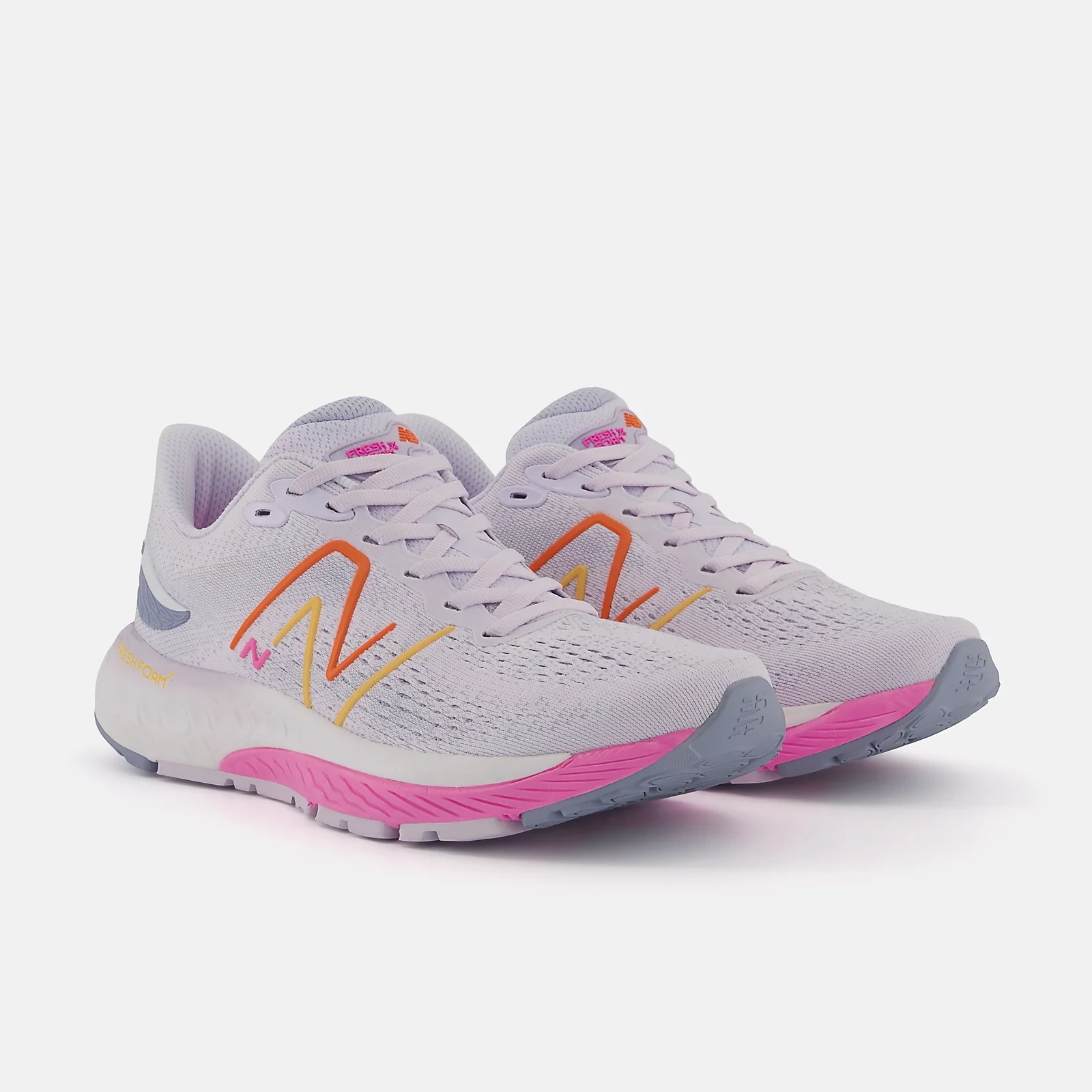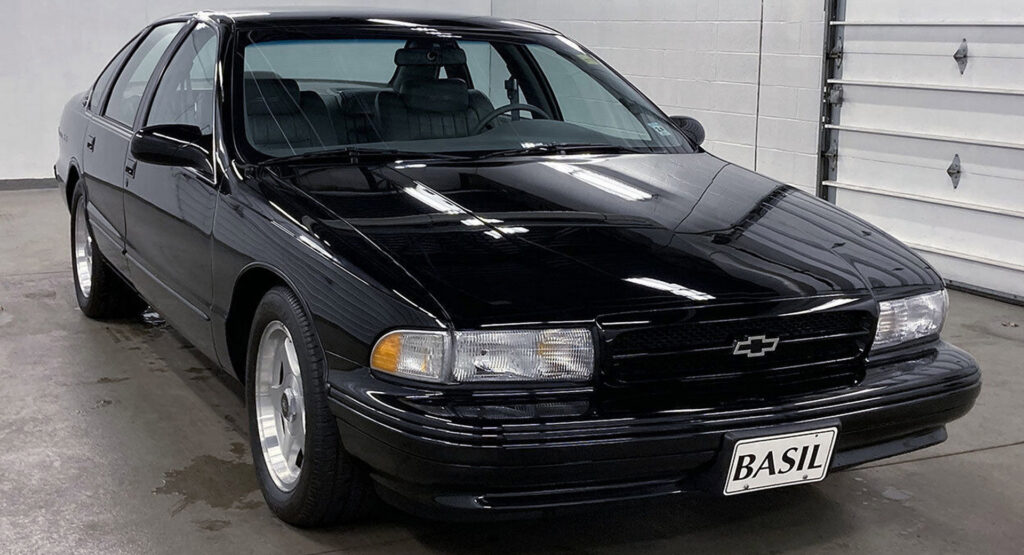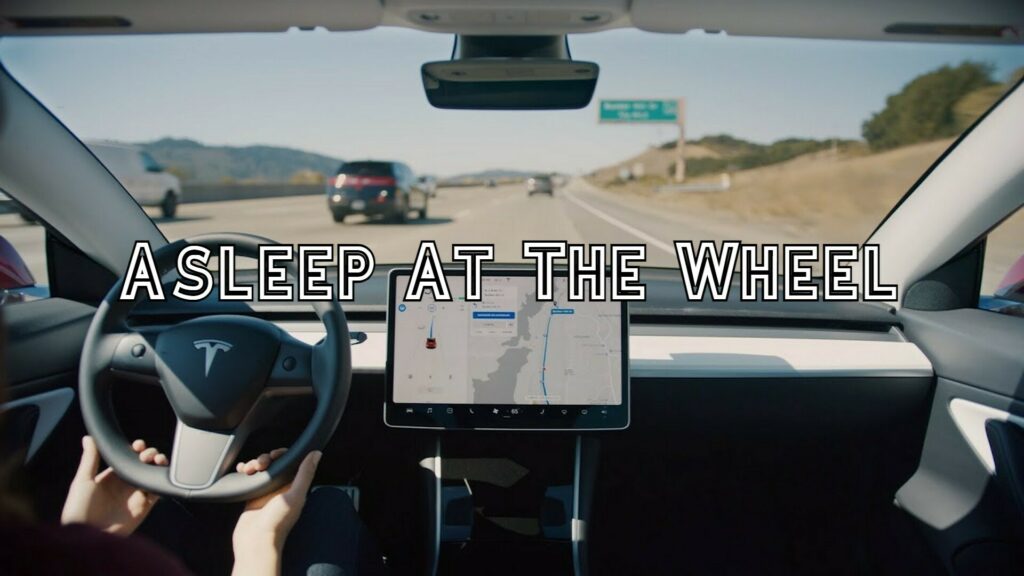The Points Guy
Figuring out how to split travel costs when vacationing with friends or family can be a tricky exercise. Case in point: I just came back from a girlfriends getaway where I quickly realized my friends had more money to spend on restaurants and ride-hailing services than I did. I didn’t want to be the killjoy who insisted on skipping fancy French food in favor of cooking pasta in our Airbnb, but I was definitely anxious about what my final travel bill would look like.
Not only can group trips create stress around how much the weekend or week will cost, but there can be many questions about who will actually pay for each meal, ride or accommodation and how others will pay them back. No one wants to overpay — even if they are getting rewards points on the purchase.
It doesn’t help that your desire to see family and friends, especially after being shut-ins during the coronavirus pandemic, may be at odds with skyrocketing food and travel costs that are outpacing your annual pay raise.
How do you agree on and split travel costs with family and friends so that everyone actually enjoys their getaway and comes home still on speaking terms? Here are seven tips for handling the finances on a group trip.
Discuss general trip costs before you book
Is this a $500-per-person trip or a $5,000-per-couple trip? To set yourselves up for success, take the pulse of the group to determine how much they can spend on this adventure.
It’s not an easy ask. “We know that topics about money are taboo in general,” says Sarah Foster, an analyst and economy reporter at Bankrate (a sister site of TPG). “A lot of the challenges that people face when committing to travel or going places with their friends can be fixed with the general idea of being comfortable talking about money.”
This is especially crucial if you’re planning a trip and then inviting others (such as a bachelor or bachelorette party). Your friends might be coming from vastly different financial situations. Give the group an estimate of what flights, accommodations, transportation, food and activities might cost, and then give the invited participants the chance to push back or back out.
And please don’t shame anyone for choosing not to go into debt for a vacation they can’t afford. The fear of missing out should they opt to stay home is painful enough; you don’t want to make your friends feel like they have to choose between financial security and their relationship with you.
Be considerate of room and price disparity when booking accommodations
THOMAS BARWICK/GETTY IMAGES
Unless you are booking identical hotel rooms in which everyone gets their own bed (or shares one), agree with your group on a fair way to allocate and pay for accommodations.
“I absolutely abhor when whoever booked the accommodations gets a smaller place under the assumption that if you’re single, you don’t need your own space or your own bed. If everyone is paying equally, everyone should get an equal amount of space/room to sleep,” says Madison Blancaflor, a senior editor at TPG. She recommends dividing nightly lodging rates unequally, so folks can pay more for larger rooms or less for smaller or shared rooms.
Still, you should never assume anyone is OK with sleeping on a pullout sofa or sharing a bed with someone they’re not married to without asking first. Even if they agree, do not charge them the same amount as the couple in the master bedroom … unless everyone states they are fine with the arrangement.
Alternatively, look for vacation destinations where you can offer the group a range of accommodation styles and prices while keeping everyone in close proximity. For example, on a cruise or at a resort, the family matriarch or patriarch might book a large suite, perhaps with extra space for gatherings, while the grandkids occupy an inside cabin or smaller hotel room that faces a garden instead of the ocean.
Don’t assume everyone wants to spend their vacation budget the same way
Some people travel to try the best restaurants in a destination, regardless of cost. Others prefer to dine on the cheap and spend their money on experiences, such as tours or attraction entry fees. Your friends might want to spend the night ordering craft cocktails at numerous bars, while you’d prefer to take in a concert or theater performance. Or, your parents might want to book every tour and enter every museum, while your budget dictates only enjoying free or low-cost activities.
These differences in which vacation activities are valuable to you versus your travel companions can lead to disagreements and hurt feelings when planning the day’s activities. It can also make some tripmates uncomfortable when they end up spending more on activities than they’d planned.
To avoid any difficult situations arising, make a point to have the necessary conversation about how to spend your money while on vacation ahead of the trip so you can figure out a compromise. Perhaps group members take turns choosing the day’s or evening’s activities, or maybe you agree to split up at times according to interest and budget. Sometimes, wealthier grandparents or couples are willing to subsidize a pricier meal or activity the group would love to do so the more budget-conscious travelers don’t have to worry about the cost. You won’t know until you talk about it.
Remember the fine financial details
Your group may agree to split the restaurant bill, but that doesn’t mean you’ve settled all the important details. Are you leaving a 15% or 25% tip? And how do you account for bad exchange rates when withdrawing money or credit card fees on foreign purchases? No one wants to nitpick, but it might be necessary to ease the stress of travelers on a budget.
Before you agree to split costs, check in with your travel companions to determine how price sensitive they are. Is $5 more here or there a deal-breaker, or are they fine with occasionally going slightly over budget? Be clear about which expenses will be shared and which the individual will have to take on themselves. The only right answer is the one you all agree on.
Use technology to make splitting expenses easier
“Everybody who has a travel rewards credit card or accumulates reward points knows how important it is to be the first one to slap your credit card down on a bill and pay for the group. But what is often overlooked is the repayment process,” says Foster.
Splitting costs can become a nightmare when it’s time to settle up. Your sister lost her receipts, your boyfriend’s best friend wants you to cover his excessive beer buying and there’s always someone you have to chase down for months to actually pay you back.
Plus, who owes what anyway? You don’t want to divide a bill evenly if people’s meals cost vastly different amounts.
“It’s important to be aware of how you’re splitting the bills on a trip and making sure that no one is overpaying,” says Foster. If someone gets a couple of drinks at dinner but someone else doesn’t drink at all, it’s not fair to make that person subsidize her friend’s cocktails. “Nothing makes trips that are supposed to be fun more awkward than the fear of someone at the table paying more than they technically spent, then being afraid to bring it up.”
This is a problem, however, that technology can solve. Choose any of a number of cost-splitting apps or calculators, such as Splitwise, to keep track of expenses and figure out who owes whom what. You can enter expenses in the moment — some let you submit photos of the receipts themselves — and even determine who is responsible for splitting each individual payment if it’s not the entire group every time. The app does the math and will streamline payments so you’re not all simultaneously throwing money at each other.
Take turns paying for group expenses
MARTIN DM/GETTY IMAGES
Low-tech solutions to splitting travel costs work, too. Perhaps one person pays for all dinners and another pays for all transportation with ride-hailing services so it’s clearer who needs to get paid and receipts are less likely to get lost. If one traveler really wants to benefit from all those credit card rewards and doesn’t mind paying a lot upfront, designate that person to pay for all the group travel expenses. That way, the rest only have to pay one person at the end of the trip.
Alternatively, each person can take turns paying for things in the hopes that everyone spends a similar amount. Even if it’s not exact, you won’t have such large or complicated repayments at the end of the trip. And everyone gets a chance to earn points or miles on their credit card.
When all else fails, ask for separate checks
It’s easier to have one person pay the entire restaurant bill or train fare, but if you’re concerned about splitting travel costs fairly, sometimes it’s better for everyone to pay for themselves. Ask for separate checks at restaurants, and have each traveler buy their own tour tickets with cash or credit as they see fit.
Look for apps and travel providers that have an option to let multiple people pay from the start. Uber and Airbnb both allow costs to be split from the get-go, so everyone pays as they go instead of settling up at the end.
Bottom line
Splitting vacation costs can quickly become a stressful part of your trip if you don’t plan ahead. When multiple people are involved, you’ll get just as many opinions on what the budget should be, what you should splurge on and how you’ll pay for each expense. The most important thing you can do to prevent arguments or financial anxiety is to open the lines of communication and talk about all the money matters during the planning stage and while you’re on the trip.
It may feel awkward to bring up finances, but remember who you’re talking to. “Your family, your friends, they all care about you, and they wouldn’t want you to put yourself in credit card debt,” says Foster. “Everyone in the group does want the best things for you. It’s just a matter of building up the courage to approach the conversation.”
Once you’ve agreed on how to split the vacation costs, you can get on with what’s most important — enjoying the trip and spending time together as a group.









